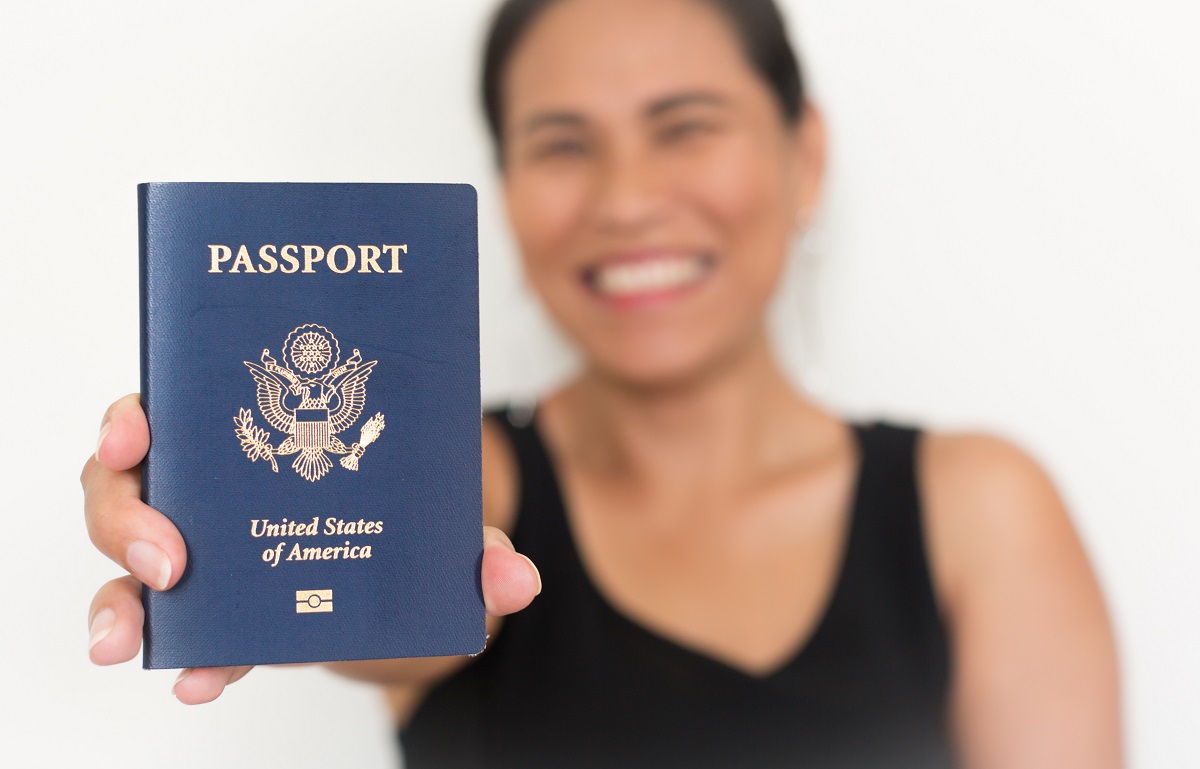How to Apply For a Passport US

If you are planning to travel to a foreign country, you should know how to apply for a passport US. There are several requirements and fees associated with this application. Learn more about Form DS-11, fees, and steps to apply for a passport. The fees are per application. To avoid unnecessary fees, apply at a Passport Acceptance Facility. Processing times for US passport applications are generally as follows:
Fees
The total cost of a US passport application includes the fees paid to the U.S. government, a passport photo, protective envelope and postage. A passport can take 12 to 18 weeks to process, so you will want to plan ahead to maximize your savings. The fees to apply for a passport vary according to age, type and renewal. Before you apply for a passport, be sure to open a high-interest savings account. You can earn five to 10 times the national average.
Requirements
Citizenship proof is required for U.S. passport applicants. Citizenship documents are required and must accompany the application. Once issued, this proof will be returned along with the passport. Citizenship proof may take the form of a certified copy of a birth certificate. It must contain a raised seal, be embossed, or multicolored, and indicate the date of filing. Abstracts from Texas and California are not acceptable proof of citizenship.
Steps to apply
If you want to travel abroad, you need to have a passport. To apply for a passport, you need to present proper identification, such as a birth certificate. You can fill out a PDF version of the application online and submit it. However, you should not sign it until you receive instructions from the acceptance agent. Then, you will need to visit an acceptance facility, which may be your local post office.
Form DS-11
In order to obtain a passport, all individuals, including infants, must possess a valid passport issued by the United States government. The Form DS-11 to apply for a passport US must be signed by an approved Passport Acceptance Agent. A certified birth certificate, which contains the seal of the registrar, is also required. Failure to provide this information may result in a $500 penalty from the Internal Revenue Service.
Expedited vs. routine processing
When applying for a US passport, the decision of whether to use routine or expedited processing is crucial. Routine processing takes between eight and 11 weeks, while the expedited service can cut your wait time in half. However, you should allow for additional time due to postal delays. Although the processing times for routine and expedited passports are almost identical, there are a few key differences.
Requirements for LPRs
Requirements for LPRs when submitting an application for a US passport should be carefully reviewed before travel. If you are a non-citizen, it is highly recommended that you apply for a visa before applying for a passport. In addition to this, you must show proof of your presence in the US. Generally, if you have a valid boarding foil, ADIT stamp, or refugee travel document (SB-1), you may not need to provide a boarding foil. If your boarding foil is valid for more than 30 days, you may consult with your VO/F I-131A portfolio holder for additional validity.
Refugees
For many refugee citizens, getting a passport is a long-term goal. The process begins with registering with the United Nations High Commissioner for Refugees (UNHCR). If you are a refugee living in a refugee camp, you must contact an office of the UNHCR. For refugees living in urban areas, you must find a UNHCR office nearest to your current address.
Asylees
Asylees in the United States are entitled to certain public benefits. Currently, asylees are eligible to receive Social Security Income, Medicaid, and Food Stamps, which may continue for an extended period. These benefits are usually time-limited, but some may last for life. It’s important for asylees to follow the law to avoid problems, such as becoming a “public charge” under the Immigration and Naturalization Act.